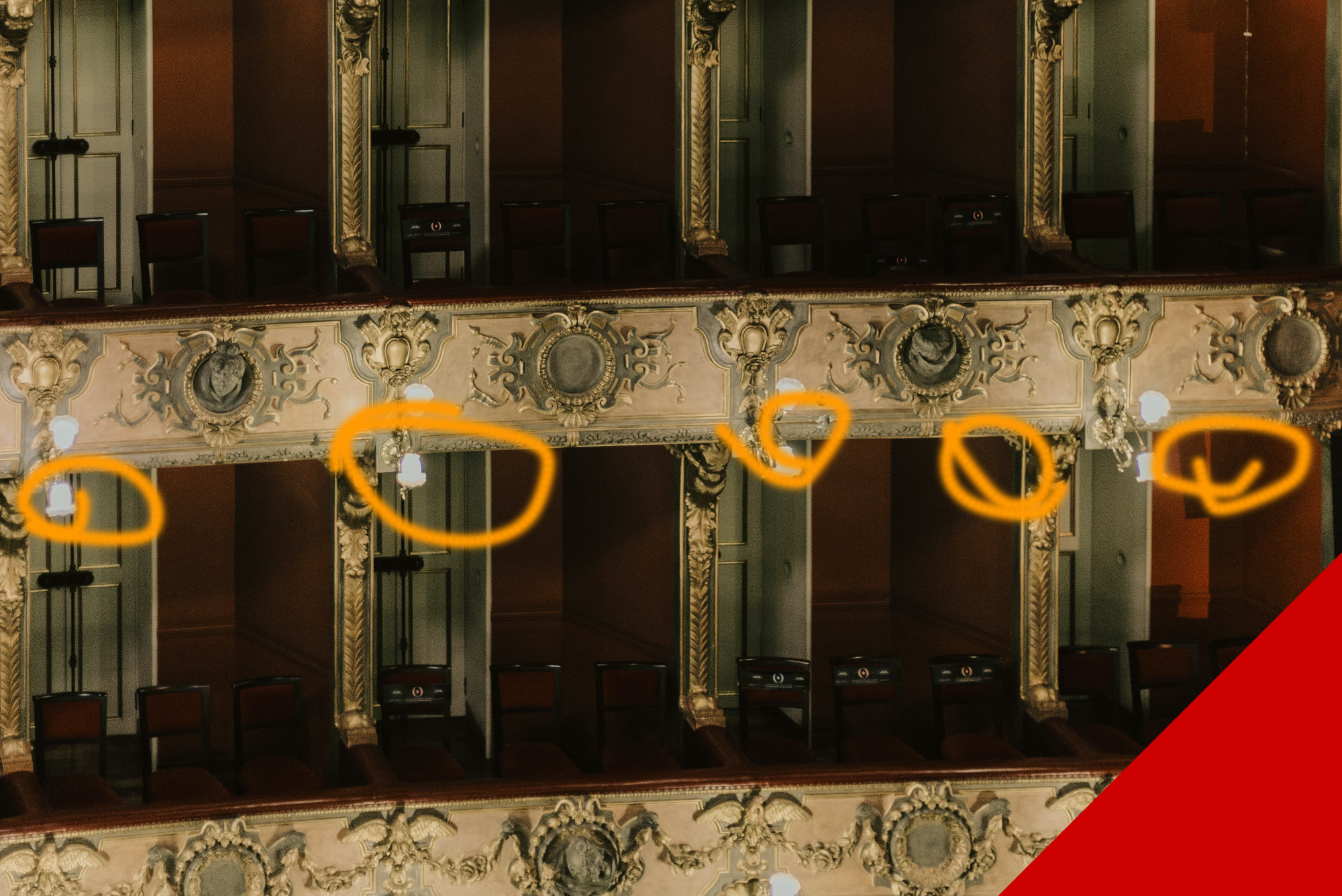
People use us for our merits, but they love us for our imperfections. When we want ourselves or our organizations to be loved, instead of being great, we need to be good. Instead of perfect achievement and flawlessness, we need to show that we’re flawed.
To lead a group, or energize a crowd, we definitely need something to offer them. We definitely need good intensions. We don’t need perfection. In fact, it’s likely detrimental to our connection success.
It’s a release of control
I used to enter into relationships with girls trying to be a “good guy” and a generally ideal partner. I didn’t share when things were bad. I tried to not complain. I didn’t set up boundaries. I didn’t share my feelings unless I thought they were completely justifiable. What did this get me? A lot of resentments and breakups. It also gave me control. I mean, it was crazy. I thought I controlled the perceptions of my partners, but I totally didn’t. I would show up as a 100% angel, then when it was time to break up, 100% jerk. It was binary and clear. I was in charge!
What I didn’t get from this was love. I didn’t love myself, and since my partners couldn’t really see who i was, it was impossible for them to love me for who I truly was.
Also, when one of us sets up this dynamic of control, the other one needs to play along to stay in the interaction.
I think you see where I’m going with this. Vulnerability is the opposite. Being transparent is the way to get love. Showing up as we are is the way to not just find adoration, but to make adoration flow both ways. This is true with individuals and with groups.
We gotta be aware of our fear of losing control.
Show up
There’s no control, anyhow. The way to get people to love us when we don’t try to control them is thru just being there. When someone’s standing in front of us and giving us love, it’s very hard to reject them. Their vulnerability is a gift and it feels imperative to reciprocate. That doesn’t mean they’re guaranteed to get love, but they are at least opening the door wide. We can’t guarantee anything.
Show imperfection
We can show imperfection by being honest about something in some way. Being self-deprecating is the go-to device for standup comics. Just admitting something didn’t go right at a shared event. Tell a story that demonstrates, in part, something we might not be totally proud of.
Show openness
Even easier than showing imperfection is showing openness. Breathing, letting silence, listening to the audience, this shows that we’re not trying to take control.
Don’t be sloppy
An event that is completely unplanned and contentless is the ultimate in vulnerability, but there’s no point. Our goal with gathering groups of people together is not to be vulnerable like it is in a romantic relationship. Our goal is our goal (team building, promotion, entertainment, selling drinks, etc.) being vulnerable is our method. We can’t let the scale tip too far to the other side and just be a total mess. Be open, receive… then give.

























